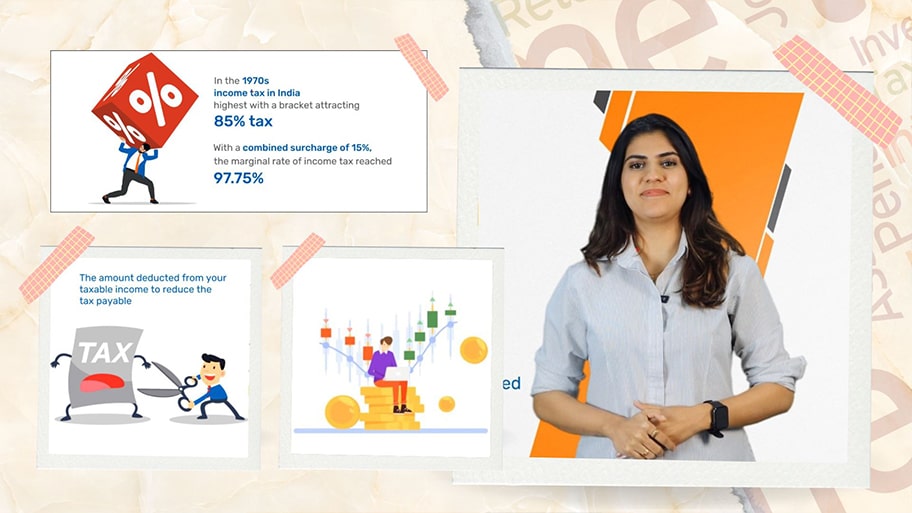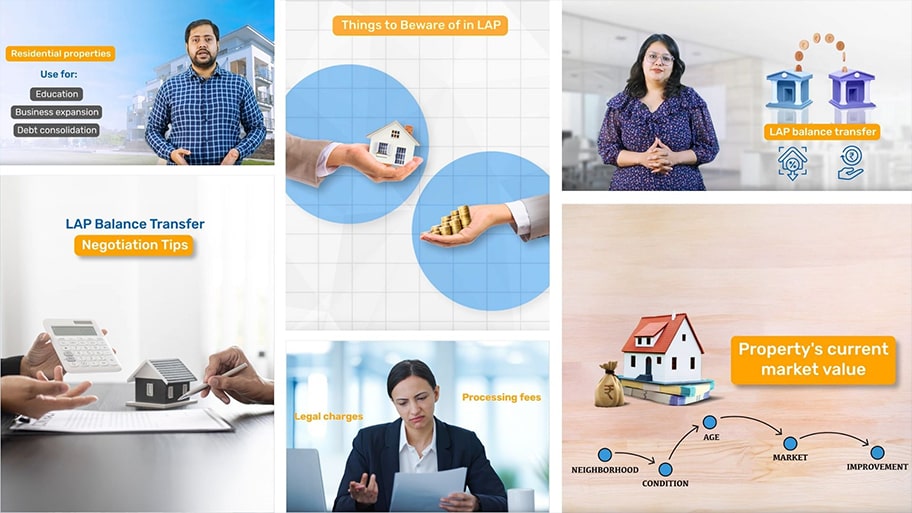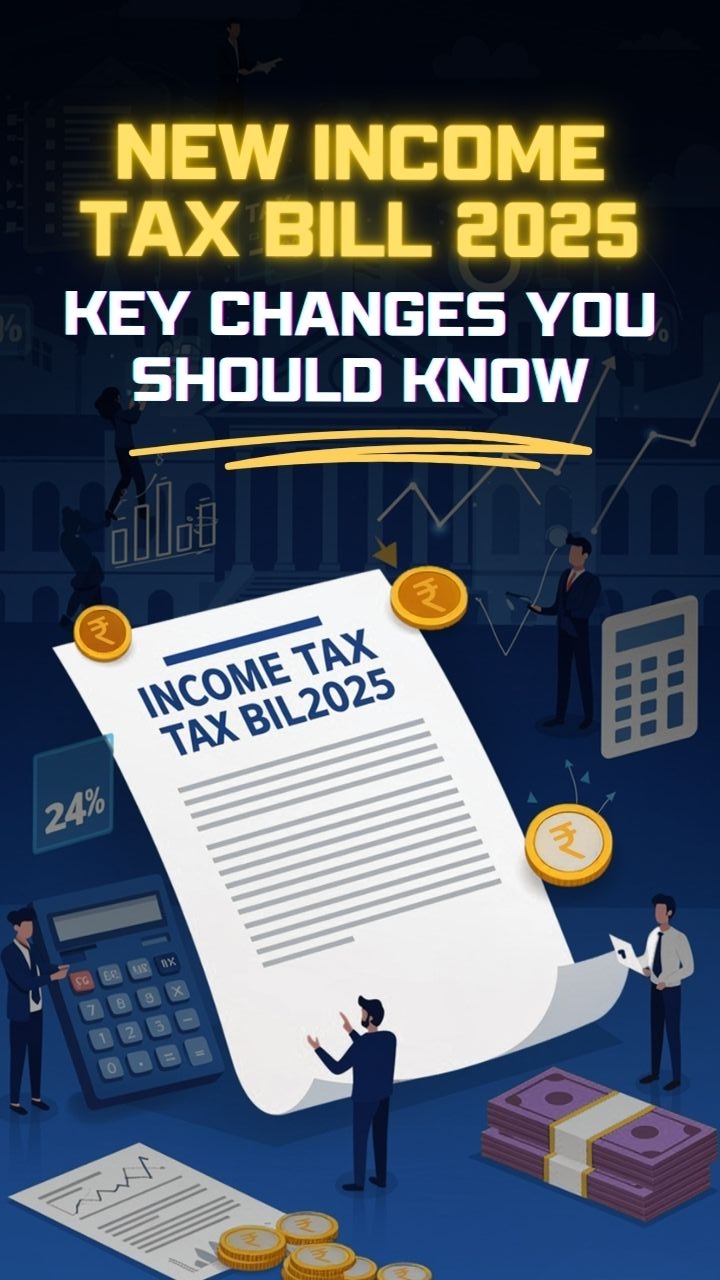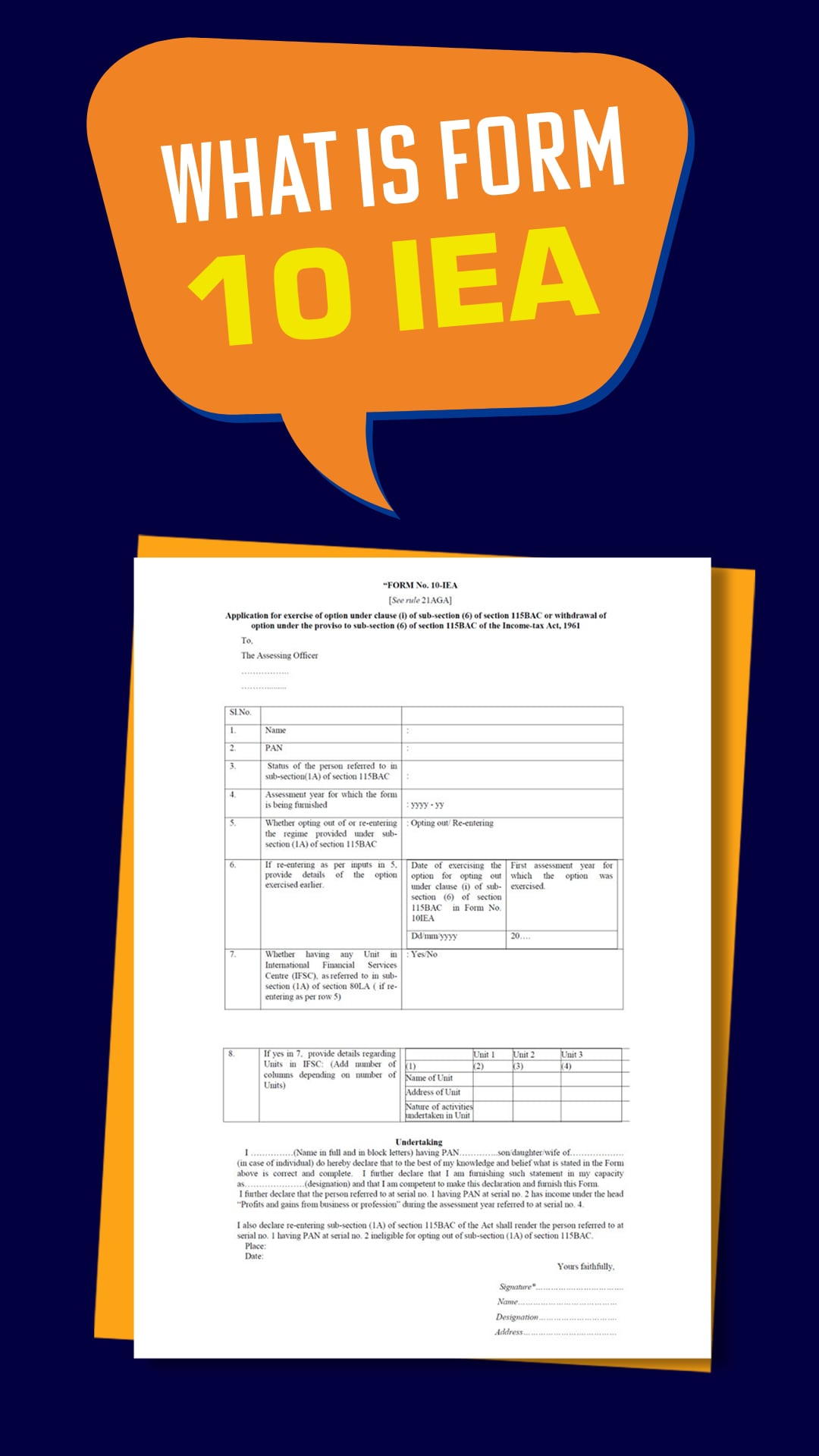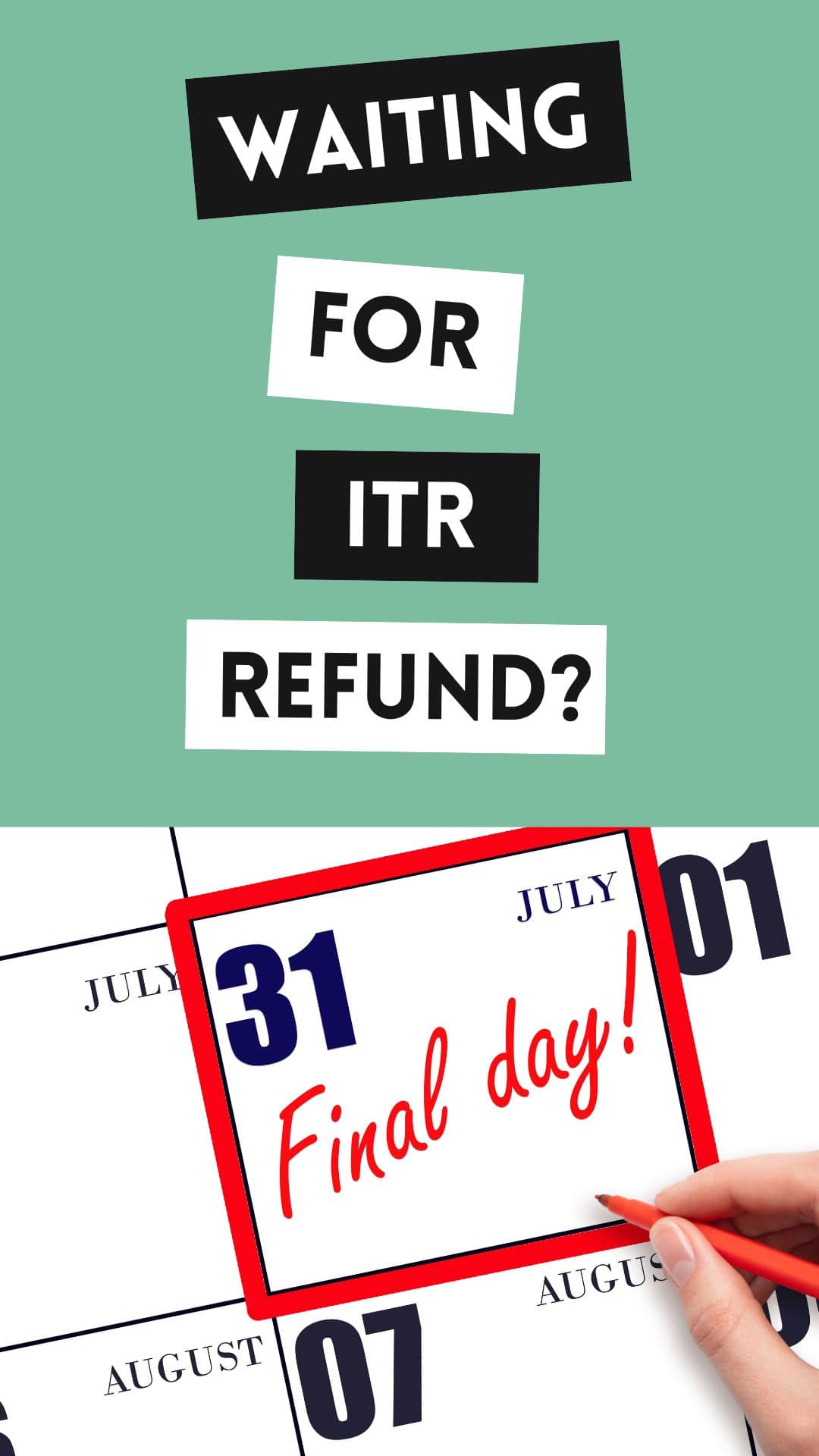Old vs. New Tax Regime: Which One Is Right for You?
Deciding between the New and Old Tax Regimes might be tricky for salaried employees. Don’t worry, this video could help you simplify that decision by comparing their benefits and differences.
First, we’ll discuss the Old Tax Regime. Here, you can claim deductions like HRA, LTA, etc., under Section 80C of the Income Tax Act, 1961. The tax exemption limit here varies by age. It is ₹2.5 Lakhs for those aged under 60, ₹3 Lakhs for senior citizens (60-80 years), and ₹5 Lakhs for super senior citizens (above 80). You’ll also learn that if you choose the New Tax Regime, you will benefit from a tax exemption limit. This is applicable for all age groups, on income up to ₹3 Lakhs.
Next, we’ll discuss the tax rebate applicable in each regime. There’s a tax rebate of up to ₹5 Lakhs in the old regime, while this limit is ₹7 Lakhs in the new regime. But remember, you cannot opt for tax deductions under Section 80 in the new regime.
Finally, we try to answer the question – how to choose? Though the New Regime is now the default, the Old Regime is still an option. You can choose between them based on your taxable income and investments.

Key Takeaways
The old tax regime allows deductions like HRA, LTA, and Section 80, while the New Regime doesn't offer these deductions
Exemption limits vary in the old regime based on age, while the New Regime has a uniform limit of ₹3 Lakhs
Tax rebate limit is ₹5 Lakhs in the old regime and ₹7 Lakhs in the new regime, providing relief to taxpayers
New regime introduces favourable provisions like higher leave encashment limit and family pension deductions
The new tax regime is now the default option, but the old regime still exists, giving taxpayers the flexibility to choose
Understanding the differences helps make an informed decision based on taxable income and investments
Evaluate expenses, use online tax calculators, and choose the regime that best suits your financial situation
What to Watch Next
Bites

